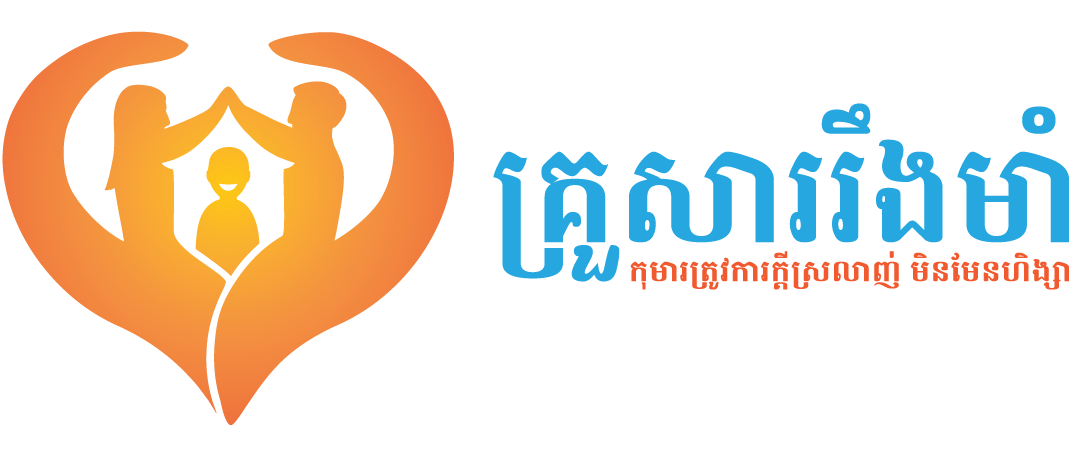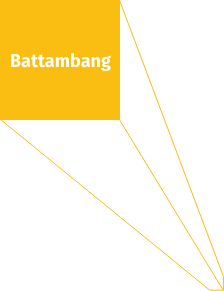Protecting children from harm, abuse, exploitation and unnecessary family separation is not just a moral obligation, it is a legal imperative.
The Cambodian Government ratified the United Nations Convention on the Rights of the Child (CRC) in 1992 and its two optional protocols: 1) the sale of child prostitution and child pornography, in 2002; and 2) the involvement of children in armed conflict, in 2004. As a State party, Cambodia is obliged to respect and fulfil children’s rights by developing laws and policies and implementing programmes and activities that deal with ¬children’s issues.
The government also ratified a number of other international conventions aimed at protecting children’s rights. These include the United Nations Convention on the Rights of Persons with Disabilities (CRPD), the United Nations Declaration on the Rights of Indigenous People, and the Convention against Torture and Other Cruel Inhuman or Degrading Treatment or Punishment.
The International Labour Organization (ILO) created the Worst Forms of Child Labour Convention. Cambodia ratified this convention in 2006. The purpose of the convention is to prohibit and eliminate the worst forms of child labour. The convention requires all members to create and monitor programmes to eliminate child labour, and to provide education to children who have been removed from the worst forms of child labour. ILO also created the Minimum Age Convention, which Cambodia ratified in 1999. The purpose of this convention is to determine the minimum age permissible for employment, with the larger goal of eradicating child labour.
“ The nearest authorities in charge have the duty to urgently intervene in case domestic violence occurs or is likely to occur, in order to prevent and protect the victims.„
Cambodian legislation
Articles 31 and 48 of the Cambodian Constitution require the State to recognize and respect human rights conventions and recognize the rights of children as stipulated in the CRC, particularly the right to life, education, and freedom from economic or sexual exploitation.
To prevent violence against children, the Cambodian Government has promulgated legislation on: violence, abuse, exploitation and neglect; education and welfare; family and alternative care; and children involved with the justice system. Articles 31 and 48 of the Cambodian Constitution require the State to recognize and respect human rights conventions and recognize the rights of children as stipulated in the CRC, particularly the right to life, education, and freedom from economic or sexual exploitation. It has also developed national and sub-national policies such as the National Action Plan on Child Development (2016–2018), the National Action Plan to Prevent and Respond to Violence Against Children (2017–2021) and the Juvenile Justice Strategic and Operational Plan 2018-2020.
Cambodia’s Education Law and the Sub-Decree on the Teachers Professional Code are clear in its intent to protect children from violence. Article 35 of the Education Law states that every learner has the right to be respected and have attention paid to her or his human rights, especially the right to dignity and the right to be free from any form of torture or physical and mental punishment.
In 2005, the National Assembly passed the Law on the Prevention of Domestic Violence and the Protection of Victims. The purpose of this law is to establish a legal mechanism to prevent domestic violence, protect the victims, and preserve harmony within households and in society. Article 9 of the law states: “The nearest authorities in charge have the duty to urgently intervene in case domestic violence occurs or is likely to occur, in order to prevent and protect the victims.”








